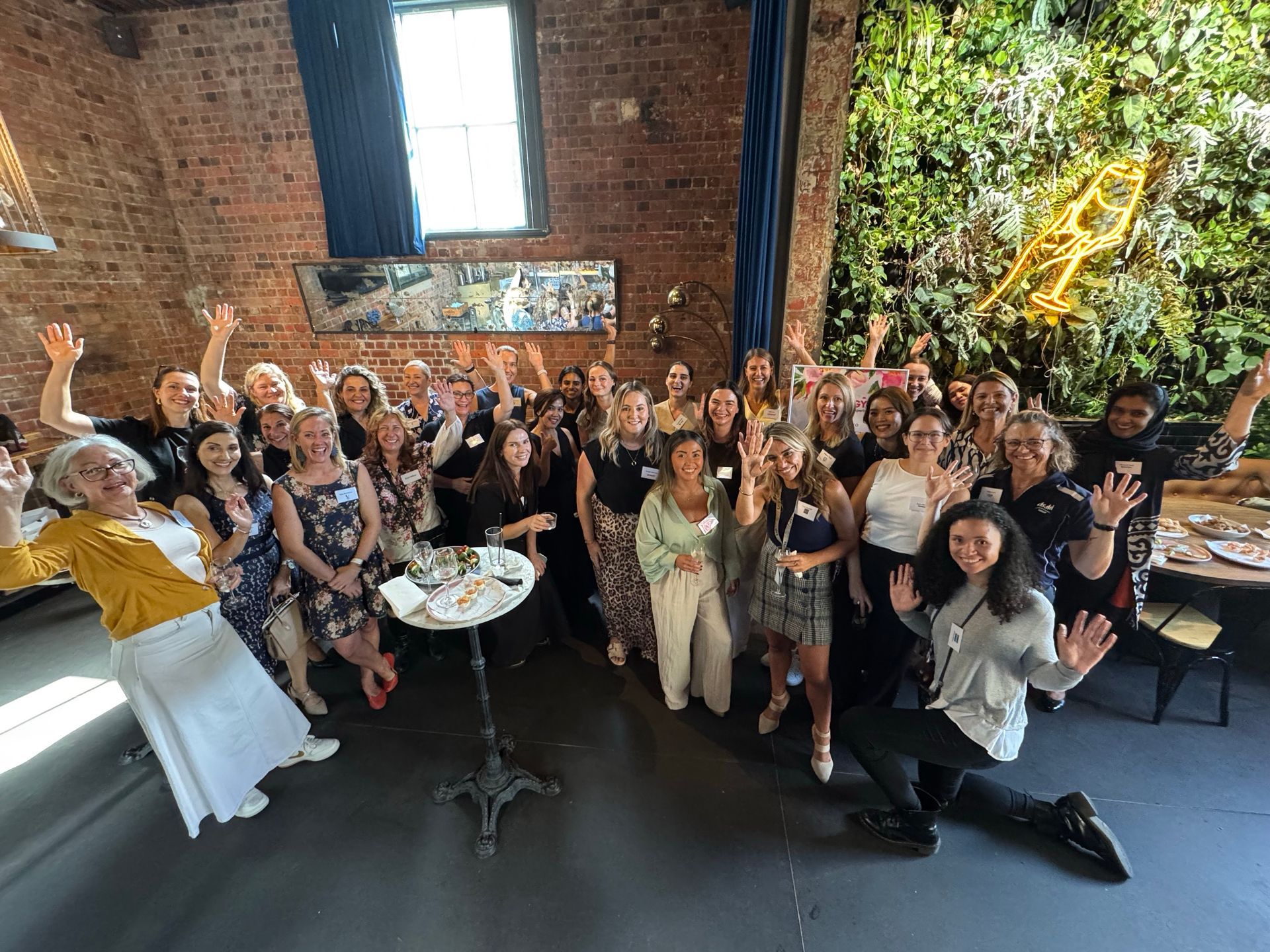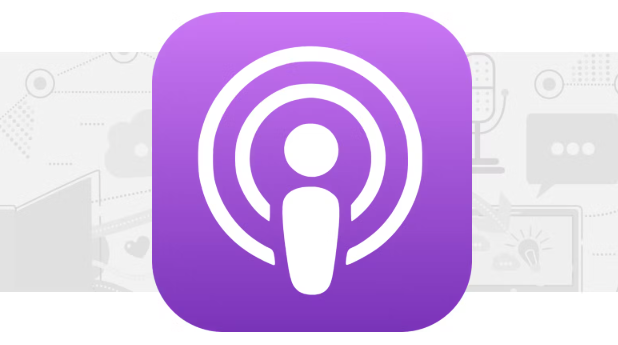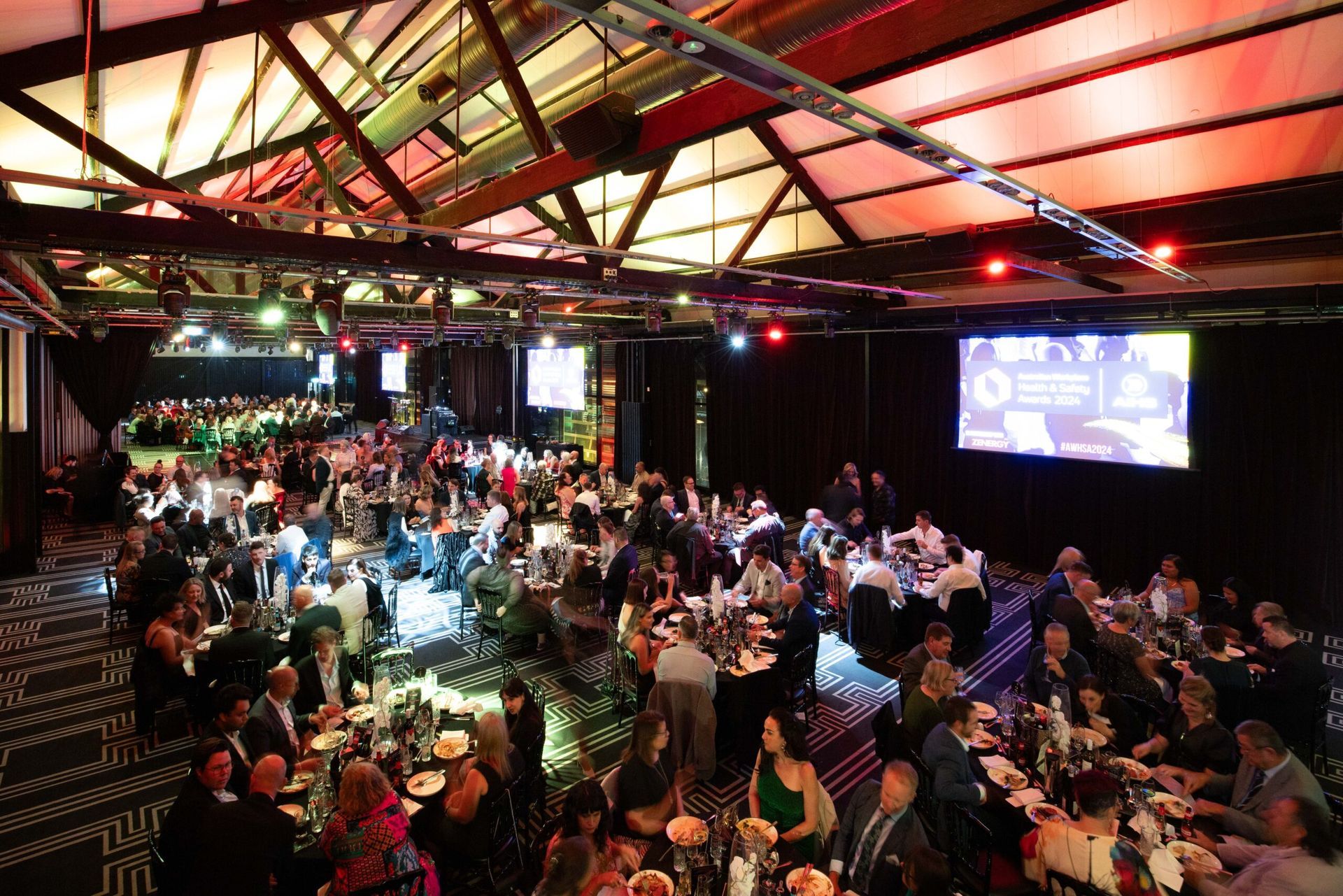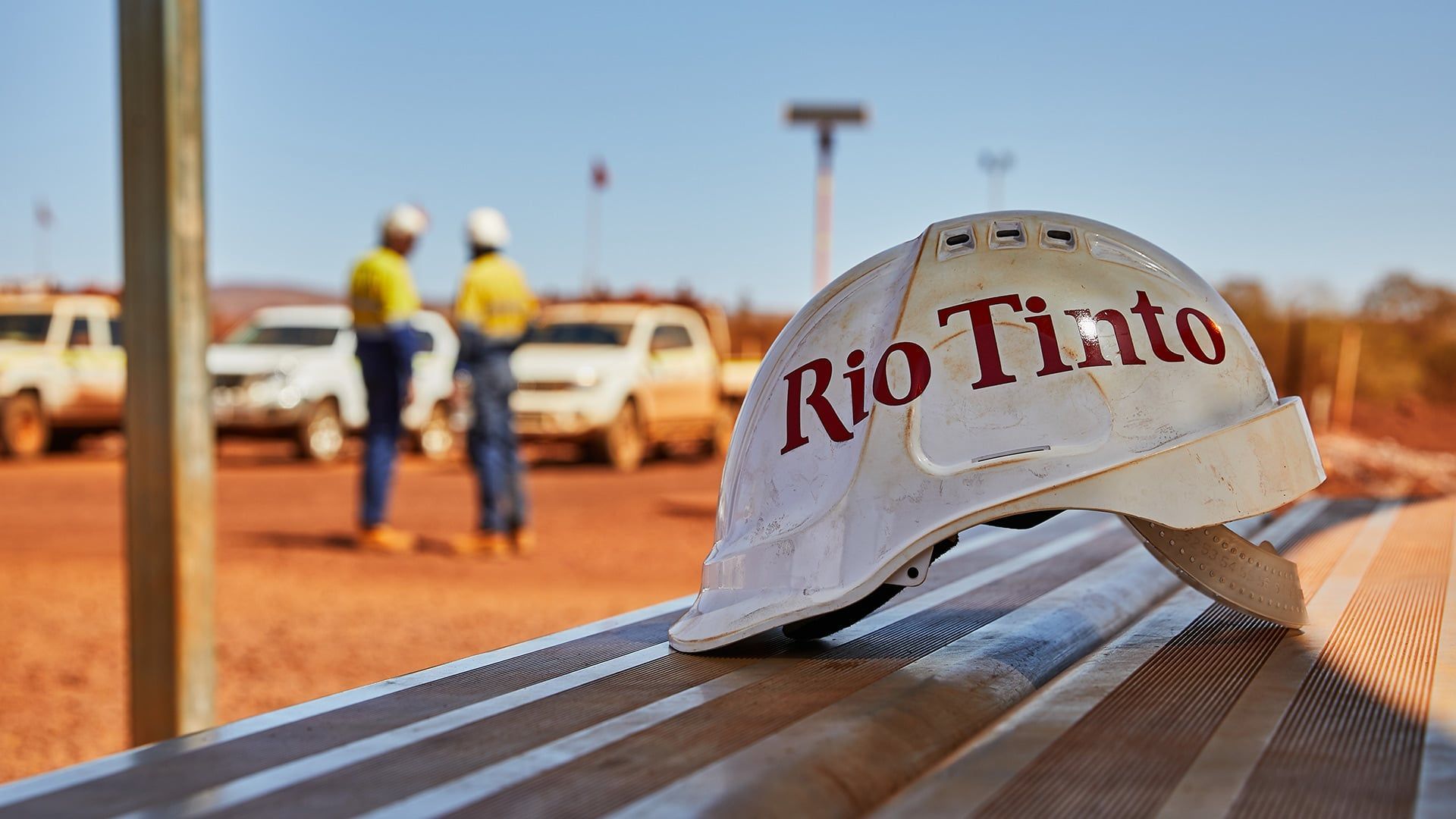Shaping the Future of WHS: Colin Hansen on Well-being, Engagement, and Safety Culture

Colin Hansen, WHS Director
John Holland - M7M12 Project
Colin Hansen is an accomplished Workplace Health and Safety (WHS) leader with extensive experience across the renewables, infrastructure, power generation and energy, and construction industries. Currently serving as WHS Director at John Holland, he leads the WHS function on the $1.5B M7M12 Integration Project in Sydney.
With nearly two decades in the WHS space, and over a decade of that in senior leadership positions, Colin has held key roles such as HSEQ Manager at Fredon, Group HSE Manager (A/NZ) at Waco Kwikform Group, HSE Change and Programs Manager at Essential Energy, and HSEQ Manager (APAC) at RCR Tomlinson.
Zenergy had the opportunity to sit with Colin and discuss three topics that he feels are important in the space.
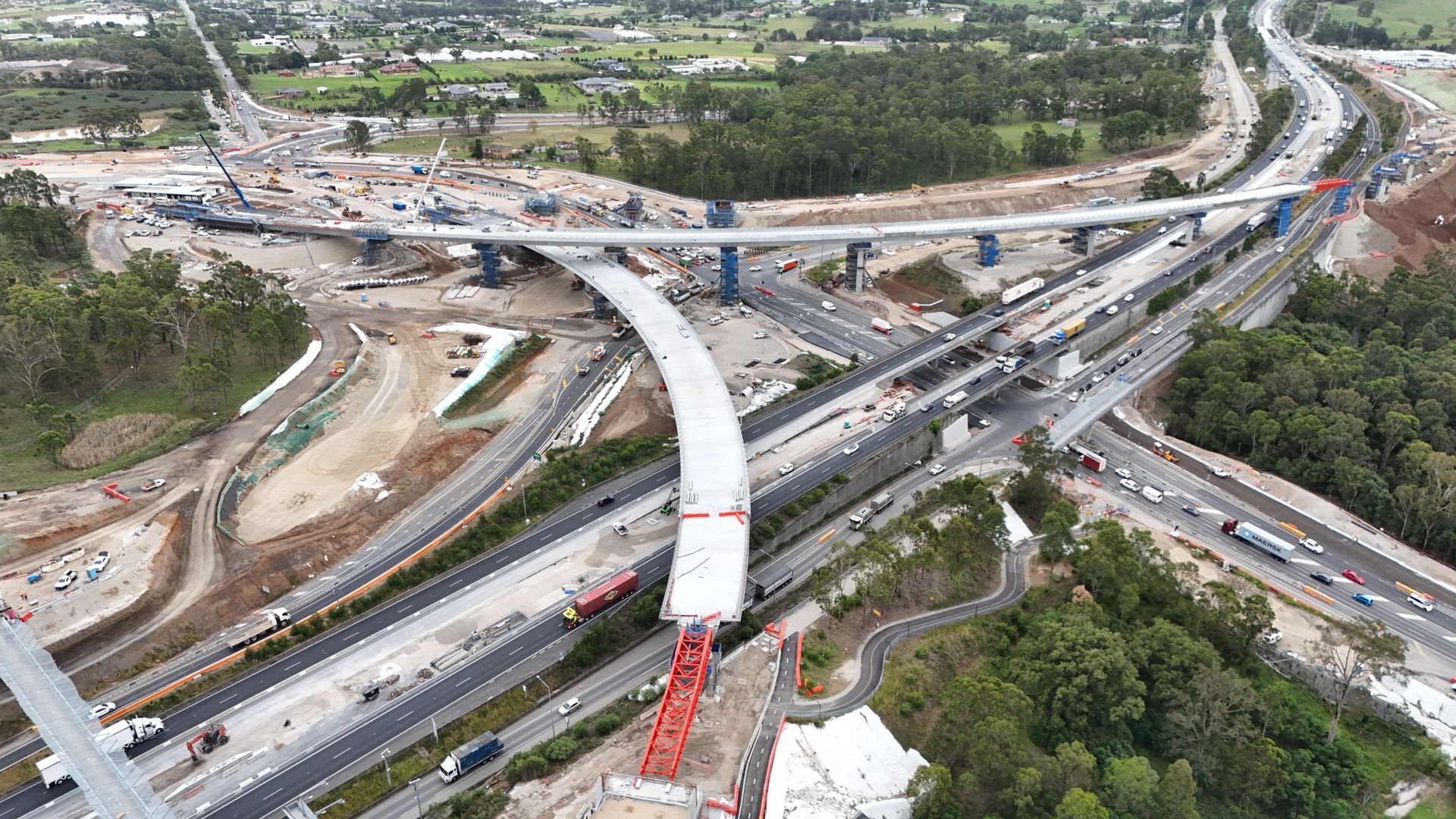
How can organisations leverage employee well-being as a key driver to enhance WHS outcomes, and what tangible benefits have you observed from this approach?
In the realm of workplace safety, employee well-being emerges as a pivotal factor. It is not just an element of corporate responsibility but a strategic asset that enhances WHS outcomes. When well-being is prioritised, it resonates with employees' personal narratives, influencing their decisions and behaviours. We are seeing the positive effects of this now on the M7M12 project.
Research corroborates this approach. A study highlighted by the Harvard Business Review suggests that workplace well-being programs can lead to a 25% reduction in safety incidents.
Employees in good health – both mentally and physically – are more alert and committed, which translates to fewer risks and accidents.
By intertwining worker well-being with safety practices, we have not only been able to cultivate a healthier workforce but also build a stronger, more intuitive safety culture. This approach goes beyond compliance; it fosters a workforce that is engaged, aware, and proactive in maintaining their own safe work environment.
With a new generation entering the workforce, how should WHS communication and engagement strategies evolve to effectively connect with and educate them?
To engage the more tech-savvy generations entering the workforce, health, safety, and well-being communication and engagement must embrace interactivity and collaboration. Gone are the days when a supervisor, even an engaging and capable one, could reach the hearts and minds of the workforce at a pre-start or toolbox talk.
This demographic thrives on information exchange, primarily via digital platforms like social media, gamification, and mobile apps. E-learning tools, as highlighted in recent research*, enhance engagement and retention for younger workers, indicating that interactive, technology-driven strategies are more effective than traditional methods for that demographic.
But this is only half the picture. We are currently navigating the shifting reality of workplace engagement. We must recognise that the speed and pace of digital content, epitomised by platforms such as TikTok, Instagram, and YouTube Shorts, have transformed the attention span of our people. It is even permeating LinkedIn. The rapid-fire, bite-sized consumption habits fostered by these platforms have led to a compression of attention spans across all ages, presenting a unique challenge for WHS communication.
To mitigate the risk of low engagement, our strategies must evolve, harnessing the power of concise messaging and the visual allure of the digital age to captivate and educate our workforce.
This is not easily achieved, and two key factors are slowing our momentum. One: industry has a natural predilection to resist change, sometimes with remarkable vigour. Two: many leaders and managers in positions that permit or enable investment in technological advancement are of a generation that has not necessarily grown up with and has not enthusiastically adopted the technology. Consequently, investment and adoption of new methods of engagement are lagging behind the needs of those for whom this is most critical.
We are not yet at a crisis point, but we need to quickly adapt our methods of communication and engagement to align with contemporary methods of information consumption.
*(Xu, Qian, and Jennifer C. Richardson. 2024. "The Impact of Social Media and Gamification of a Mobile Vocabulary Learning App: Self-Regulation and Learning Persistence.")
What are the core principles of building a strong safety culture, and how can leaders drive strategic cultural transformation for long-term impact?
Good question, and a challenging one to answer briefly. I consider the larger challenge to be initially creating the culture. Building a strong safety culture starts with the narrative that safety interweaves into every aspect of operations within the business. Leaders must embody safety – genuinely. It must be authentic and backed by truth, or it is doomed to fail. At the very least, it will be perceived as disingenuous by those who do not – or even will not – engage. I am yet to meet a person who could not determine when a leader’s words of commitment to safety were just that – words. This commitment by leaders must be meaningful and demonstrated through consistent action.
Similarly to the transition from juvenile to mature adult, a mature culture of safety and well-being often develops slowly. It can only evolve when safety, well-being, and increasingly, flexibility, are the defining elements of a manager’s leadership ethos.
A good manager showing an unwavering commitment to the development of safety maturity shapes a collective mindset. This creates a positive impact over time that extends beyond the workplace. Chest-beating must be superseded by the management team with trust and involvement within the organisation. Leaders cultivate trust within the team through transparency and a willingness to listen with intent.
Leaders drive cultural transformation by articulating their vision of safety and well-being excellence and communicating it effectively. They must be adaptable and ready to adjust their strategies. Importantly, they must be able to shift their preconceptions of a person, people, or situation as new information arises. They must never base decisions on ‘what we did last time’ in the face of a new challenge.
Thank you, Colin, for your valuable insights on well-being, engagement, and safety culture. Your expertise highlights the evolving role of WHS in creating healthier, more engaged workplaces. We appreciate your time and contributions to this important conversation.
Contact Us
Zenergy News
